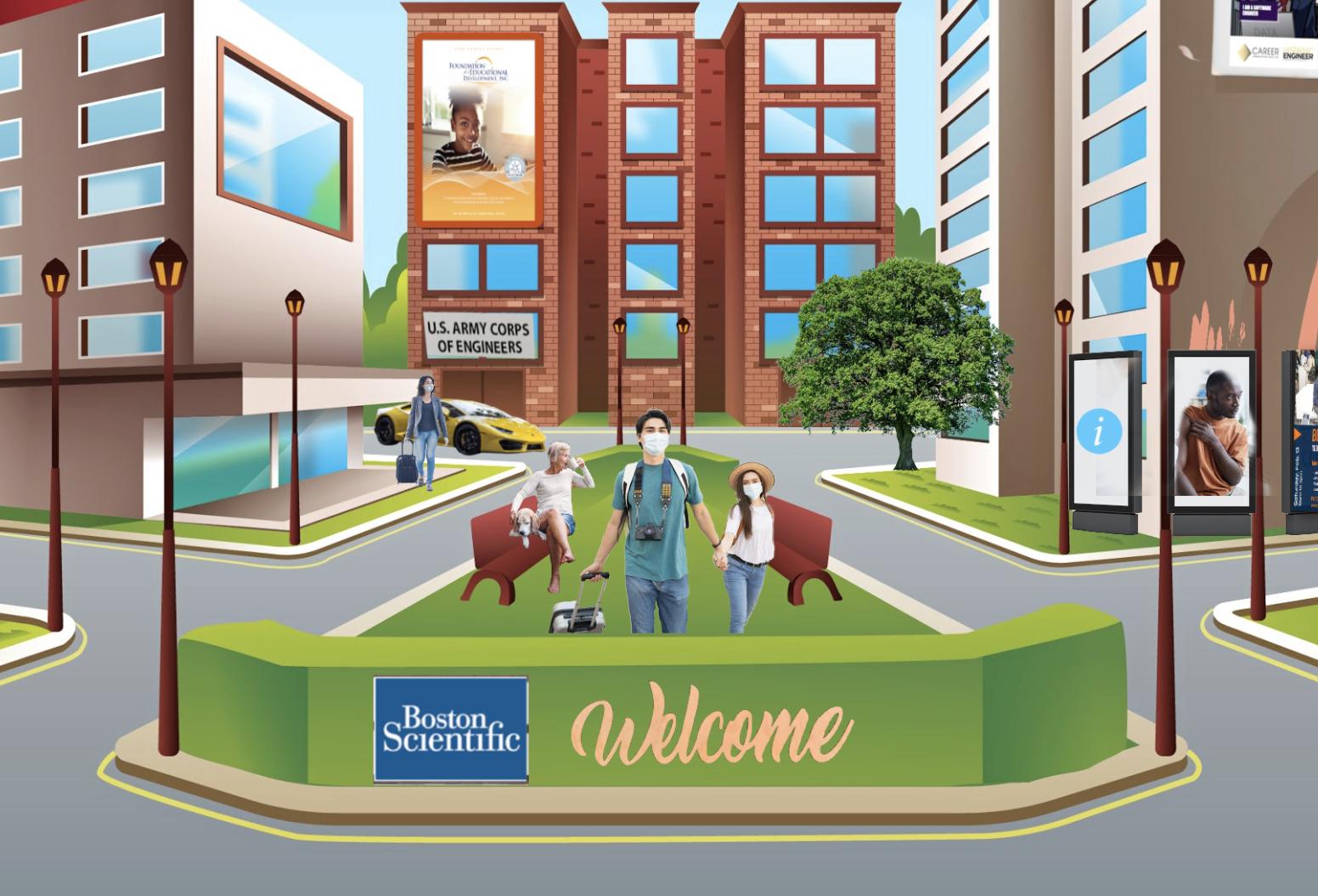
1 minute read
High-Tech Sunday
When schools closed last March, roughly 16 million U.S. K-12 students lacked access to a working device, reliable high-speed internet or both. In the months that followed, many states and school districts mobilized, using federal CARES Act funding, broadband discounts and partnerships with private companies to connect their students and enable online learning.
As of December 2020, the number of students impacted by the digital divide has narrowed to 12 million. While addressing all students, one of STEM City USA’s major target is the four million families who managed to get online and are seeking content.
Students of color, including Black, Latino and Native American students, are disproportionately disconnected: While they make up 40 percent of the student population, they account for 54 of all disconnected students.
And students from low-income families, defined as those whose households earn less than $50,000 per year, make up just 30 percent of all students but 50 percent of those who experience connectivity issues.
This progress is “significant,” write the authors of a report that details the groups’ findings. But that’s still far too many students who remain unconnected or under-connected, especially as virtual learning continues in almost half of schools. What’s more, they write, is that the solutions devised in 2020 are “largely nonpermanent.”
“The majority of efforts since March 2020 are temporary, stop-gap measures,” according to the report. “In total, more than 75 percent of efforts will expire in the next one to three years based on current funding sources.”
Affecting nearly one-third of K-12 students in the U.S. today, “the digital divide predated the coronavirus pandemic and will persist beyond it if stakeholders do not seize the moment,” they write. Closing the gap for good will make learning more equitable, more flexible and more accessible, and will help break the cycle of poverty, the authors argue.




